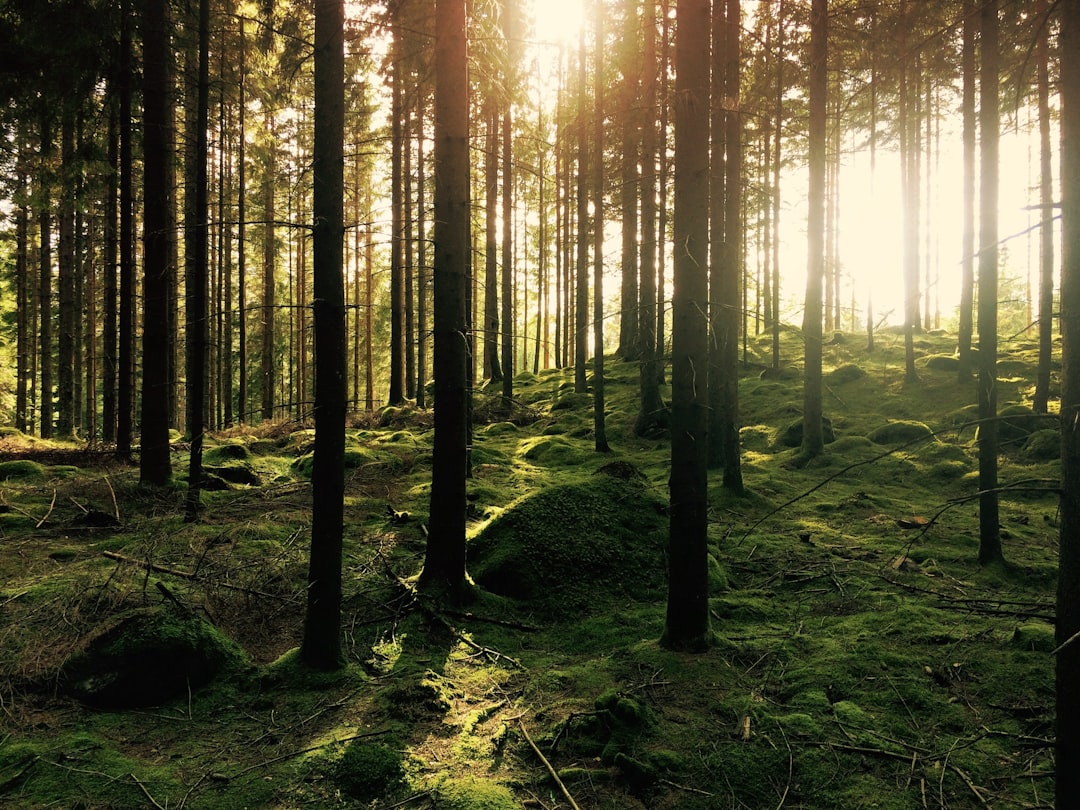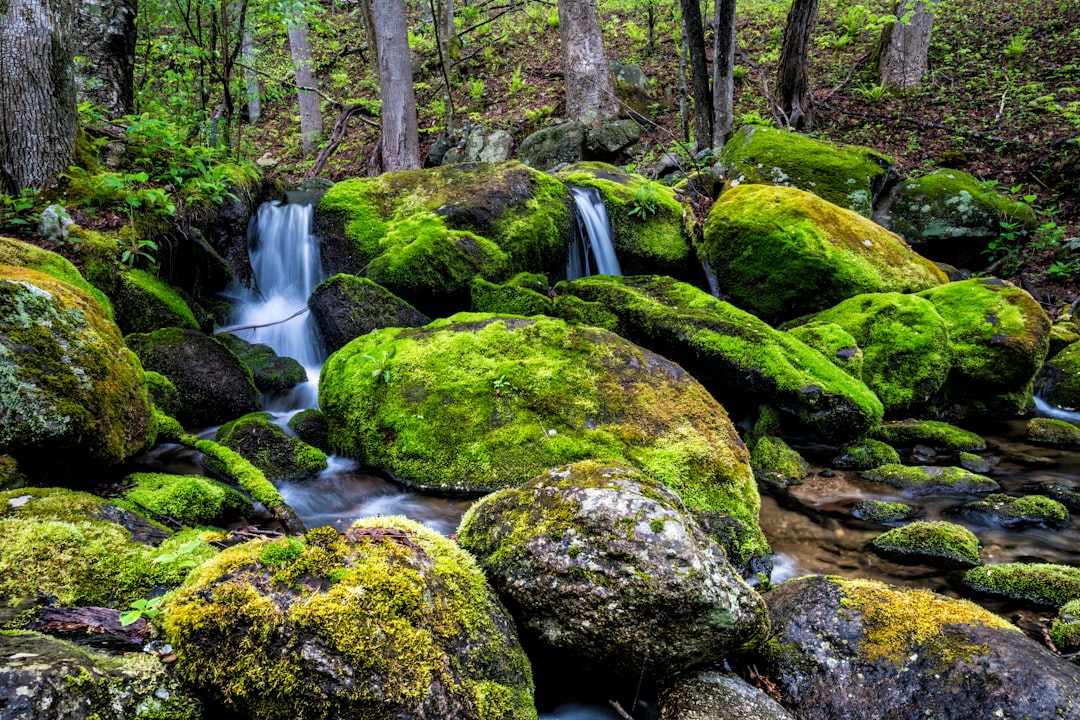Plants are older than we thought...100 million years older. Vilhelmiina Haavisto reports on recent findings regarding the orign of plants in a study led by the University of Bristol.
For the majority of its existence, our Earth has been a lonely planet populated by nothing but microbes. However, everything changed once the first plants colonized the land. This is probably one of the most important events in our Earth’s history, as it is plants that ultimately enabled life to thrive outside of water. Today, they are absolutely vital to the planet, as well as our everyday lives. Not only do they take up carbon dioxide from the atmosphere and release oxygen, but they also provide food, materials, and habitats for all living organisms, including ourselves.
Photo by Gustav Gullstrand / Unsplash
The timing of this pivotal colonization event had previously been discerned from the oldest known fossil plants, which are some 420 million years old. However, new research by a team including members of the University of Bristol’s Department of Earth Sciences, Cardiff University, and London’s Natural History Museum, indicates that this colonization actually took place 100 million years or so earlier than what was previously thought. The new estimates place the origins of land plants in the mid-Cambrian or early Ordovician period – around 550 to 480 million years ago.
The researchers arrived to their conclusions by using what is known as the molecular clock method. This involved using DNA of living specimens to trace the evolutionary history of the earliest land plants, also known as embryophytes. Molecular clocks rely on the assumption that mutations in DNA occur at a steady rate throughout time, and across many different lineages. These mutations accumulate over long periods of time as organisms evolve, and so the discrepancies in the genetic code of different organisms can tell us something about how long ago they shared a common ancestor.
“Our research shows that these fossil ages underestimate the origins of land plants, and so these models need to be revised.”
The information derived from molecular clocks was then used to construct phylogenetic trees, or trees of life, which display evolutionary relationships. The researchers believe that the molecular clock is more reliable than the fossil record when investigating evolutionary relationships; Mark Puttick, the co-lead author of the study, asserts that “the fossil record is too sparse and incomplete to be a reliable guide to date the origin of land plants.” However, it was not completely disregarded in the study, as fossil ages were used as a “loose framework” for the molecular clock data to build on.
One challenge the team faced was that the evolutionary relationships between the earliest land plants are not currently known. To overcome this, they explored whether different proposed relationships would change the estimated origin time, and found that the various relationships did not have an effect on the estimated age of the earliest land plants.
The findings also informed the team about the evolution of the Earth’s biosphere – namely a drop in atmospheric carbon dioxide levels, and subsequent global cooling. Puttick’s co-lead author, Dr Jennifer Morris from the University of Bristol’s School of Earth Sciences, explained that “previous attempts to model these changes [decreased carbon dioxide levels and global cooling] in the atmosphere have accepted the plant fossil record at face value – our research shows that these fossil ages underestimate the origins of land plants, and so these models need to be revised.”
Photo by Chris Angel / Unsplash
It is thought that land plants evolved from ancestral green algae – however, a lot of biological innovation was needed for the revolutionary transition from water to land. This new habitat came with many advantages; life on land supplies plants with direct sunlight and a plentiful supply of carbon dioxide for photosynthesis, and the ability to obtain minerals from the soil. The first plants to colonise the land are thought to be ancestors of what are known today as bryophytes – mosses, hornworts, and liverworts. It seems almost unbelievable that pine trees, cacti, daisies, and all the rest of the plants that now populate almost every corner of our planet all originated from these humble beginnings. Then again, they have had just around 500 million years, according to the study, to adapt and diversify in their form and function.
Puttick explains that “The results show the ancestor of land plants was alive in the middle Cambrian Period, which was similar to the age for the first known terrestrial animals.” Indeed, the team concluded that their findings also point to the co-evolution of land plants and the first terrestrial animals. This hypothesis suggests that once plants made the world beyond water a hospitable habitat, early animals soon followed and made their homes there, too. It is safe to say that life on land as we know it would not exist without the colonization of land by the earliest land plants, and their contributions to the evolution of the Earth’s biosphere.
Featured Image: Unsplash / Mark Golovko








